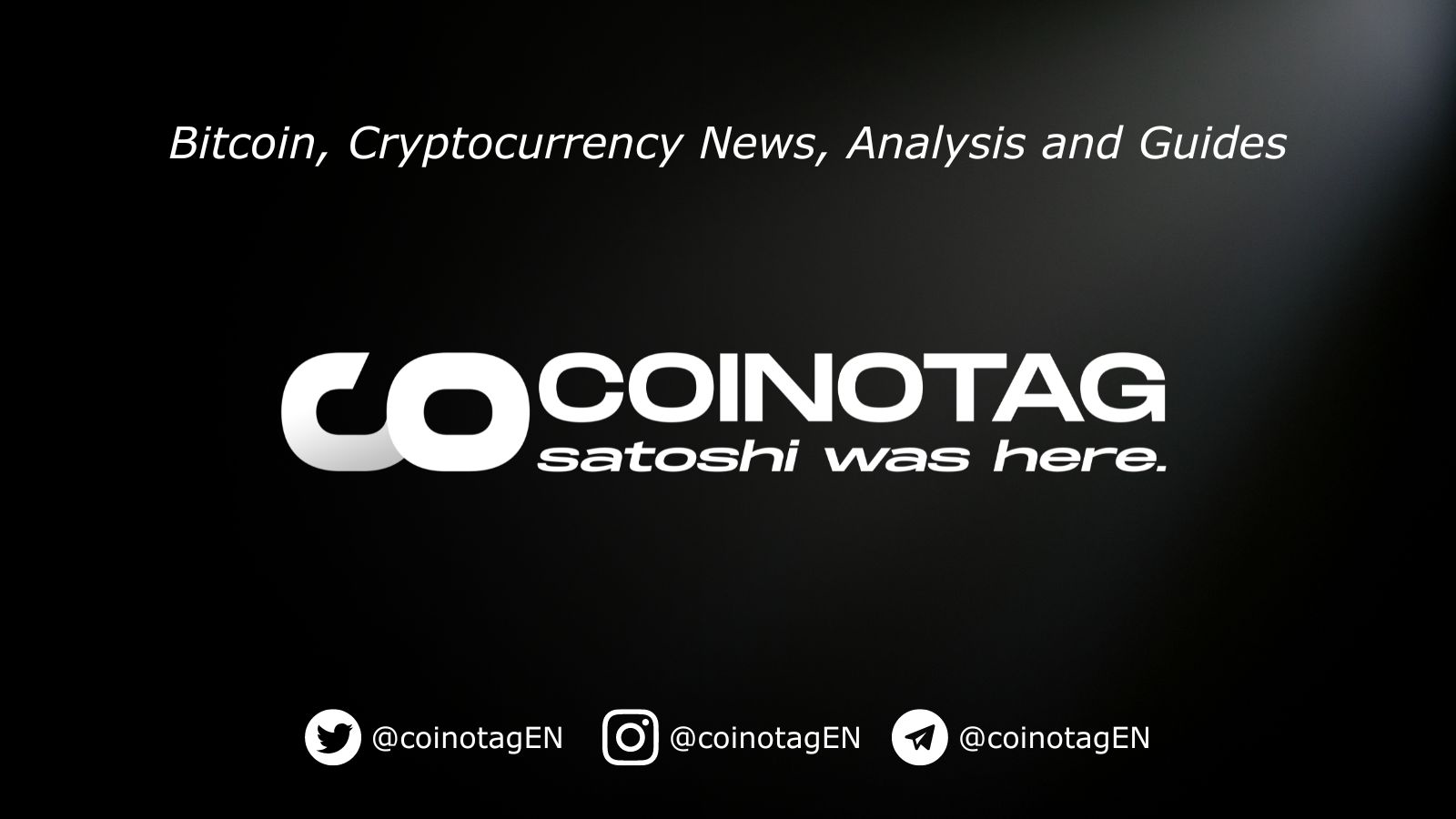Taiwan Index Today: Live Chart, Historical Performance, and Market Analysis - InvestingCube
ReadingTaiwan Index Today: Live Chart, Historical Performance, and Market Analysis Summary:Track the Taiwan Capitalization Weighted Stock Index (TAIEX) live and explore...

Reading
Taiwan Index Today: Live Chart, Historical Performance, and Market Analysis

Summary:
- Track the Taiwan Capitalization Weighted Stock Index (TAIEX) live and explore its history key sectors,PE ratio and future outlook driven by Taiwan’s booming semiconductor industry.
Table of Contents
- Taiwan Index Live: Today’s Market Overview
- Taiwan Weighted Index Historical Data and Performance
- Tawain Index Chart and Market Cap Trends
- Taiwan Index PE Ration Explained
- Key Sectors Driving the Taiwan Index
- Comparison: Taiwan Index vs. FTSE TWSE Taiwan 50 Index
- Why is the Taiwan Index Down Today?
- Taiwan Stock Market Investing Guide
- How to Trade or Invest in the Taiwan Index
- Taiwan Index Historical Insights for Long-Term Investors
- Taiwan Index Market Outlook and Future Forecast
- Taiwan Index and Global Market Correlations
- Understanding the Impact of Tech Stocks on the Taiwan Index
- Understanding the Impact of Tech Stocks on the Taiwan Index
- Should You Invest in the Taiwan Index in 2025
- Frequently Asked Questions (FAQs)
- What are the trading hours for the Taiwan Stock Exchange?
- Does the Taiwan Index pay dividends?
- How often is the Taiwan Index rebalanced?
- What is the ticker symbol for the Taiwan Index?
- How does the Taiwanese New Dollar (TWD) exchange rate affect the index for foreign investors?
- Are there any tax implications for foreign investors in the Taiwan stock market?
- What role do local retail investors play in the Taiwan market?
- Is the Taiwan Index considered an emerging or developed market?
The Taiwan Capitalization Weighted Stock Index (TAIEX) is the main benchmark index of the Taiwan Stock Exchange (TWSE). It tracks all listed common stocks traded on the exchange and reflects the overall performance of the Taiwan stock market. The index is weighted by market capitalization, meaning that larger companies have a greater impact on its movement.
In simple terms, TAIEX provides investors with a snapshot of how Taiwan’s publicly traded companies are performing, from major technology firms like TSMC to financial, industrial, and consumer sectors.
A common question we get is, “Taiwan Weighted Index belongs to which country?” The index is a benchmark of the stock market of Taiwan, a major economy in East Asia.
Taiwan Index Live: Today’s Market Overview
The Taiwan Index Live price fluctuates throughout the trading day based on real-time buying and selling activity. A live chart typically displays the index’s intraday movement, current value, daily change (in points and percentage), and trading volume. Platforms like Moneycontrol, Bloomberg, and the TWSE’s own website provide the Taiwan Index Live data. Monitoring the live data gives you an immediate pulse of market sentiment.
(Note: As this is a static article, we describe the typical live data context. For the absolute latest figure, please refer to your trading platform or financial news website).
Taiwan Weighted Index Historical Data and Performance
Understanding the past is key to understanding the future. The Taiwan Weighted Index Historical Data reveals a story of significant growth driven largely by Taiwan’s ascent as a global technology powerhouse. The index has experienced several bull and bear cycles, correlating with global tech demand, regional economic events, and international geopolitical shifts.
Long-term Taiwan Index historical data is often available in downloadable formats like PDFs or spreadsheets from financial data providers, allowing investors to conduct their own detailed technical and fundamental analysis spanning decades.

Tawain Index Chart and Market Cap Trends
The Taiwan Index chart shows cyclical patterns tied to global demand for technology and electronics. Its market capitalization is heavily influenced by the semiconductor industry, led by Taiwan Semiconductor Manufacturing Company (TSMC), which alone accounts for 30-35% of the index’s weight.
Market cap trends also show steady inflows from international funds, particularly as Taiwan becomes more integrated into global supply chains for chips, electric vehicles, and AI hardware.
Taiwan Index PE Ration Explained
The Price-to-Earnings (PE) ratio of the Taiwan Index measured the overall valuation of the companies included in it. It’s calculated by dividing the total market capitalization by the aggregated earnings of all listed firms.
As of recent data, the TAIEX PE ratio fluctuates between 17x and 21x, depending on market conditions. A higher ratio signals investor optimism and growth expectations, while a lower ratio may indicate undervaluation or economic slowdown. Comparing the PE ratio with other Asian indices like the Nikkei 225 or KOSPI helps investors assess relative market value.
Key Sectors Driving the Taiwan Index
The TAIEX is not a diversified index in the traditional sense. IT is overwhelmingly driven by a single might industry: Technology. The most important companies, and therefore the answer to “What companies are included in the Taiwan Index?”, are global giants in the semiconductor space.
Key constituents include:
- Taiwan Semiconductor Manufacturing Company (TSMC: The world’s largest dedicated semiconductor foundry and the single most influential stock in the index.
- Hon Hai Precision Industry (Foxconn): A global leader in electronics manufacturing.
- MediaTek: A major designer of semiconductor chips for wireless communications.
Beyond tech, other sectors like finance, plastics, chemicals, and steel also feature, but their weight is overshadowed by the tech behemoths.
Comparison: Taiwan Index vs. FTSE TWSE Taiwan 50 Index
While both indices represent Taiwan’s stock market, they serve different purposes:
- TAIEX includes all listed stocks on the Taiwan Stock Exchange, offering a broad view of the entire market.
- FTSE TWSE Taiwan 50 Index focuses on the top 50 large-cap stocks by market capitalization, giving a more concentrated view of the biggest and most liquid companies.
In short, TAIEX measures the overall economy, while the Taiwan 50 reflects the performance of leading corporations.
Why is the Taiwan Index Down Today?
This is a perennial question. “Why is the Taiwan Index down today?” can have several short-term answers, which often include:
- Global Tech Sentiment: A sell-off in Nasdaq or negative news from major tech companies.
- Geopolitical Tensions: Concerns related to cross-strait relations can cause market jitters.
- Economic Data: Weak economic indicators from key trading partners like the US or China.
- Currency Fluctuations: A strong Taiwan Dollar can impact export competitiveness.
- Profit-Taking: After a significant rally, investors may simply be cashing in gains.
Taiwan Stock Market Investing Guide
For those considering it, investing in the Taiwan market offers exposure to world-leading tech companies but comes with specific risks, including geopolitical factors and sector concentration.
How to Trade or Invest in the Taiwan Index
So, “How to invest or trade in the Taiwan Index?” Most international investors don’t buy the index directly. Instead, they use:
- Exchange-Traded Funds (ETFs): The most popular method. ETFs like the iShares MSCI Taiwan ETF (EWT) listed on the NYSE track Taiwanese stocks and are easily accessible to global retail investors.
- Taiwan Index Futures: Offered on the Taiwan Futures Exchange for more advanced traders looking to speculate or hedge against the index’s future direction.
- American Depositary Receipts (ADRs): Stocks like TSMC are listed on US exchanges as ADRs, allowing for direct investment in key Taiwan Index constituents.
Taiwan Index Historical Insights for Long-Term Investors
The long-term Taiwan Index historical performance chart shows a general upward trajectory, punctuated by volatility. The key insight for investors is the index’s sensitivity to the global tech cycle. Patience and a focus on the underlying strength of companies like TSMC have historically been rewarded, despite short-term fluctuations.

Taiwan Index Market Outlook and Future Forecast
The Taiwan index Market Outlook is intrinsically linked to the global demand for semiconductors and advanced electronics. Trends in AI, electric vehicles, and 5G technology provide a robust structural tailwind. However, risks such as competition, supply chain disruptions, and the previously mentioned geopolitical landscape remain ever-present. Most analysts maintain a cautiously optimistic long-term outlook based on Taiwan’s entrenched role in the global tech ecosystem.
Taiwan Index and Global Market Correlations
The Taiwan Index often moves in tandem with global tech-heavy indices like the NASDAQ 100. Correlations with the S&P 500 and KOSPI are also strong, given shared exposure to electronics and semiconductor demand.
When global equity markets rally on improved risk sentiment, Taiwan typically benefits. Conversely, global tech slowdowns or trade tensions can cause synchronized pullbacks across these indices.
Understanding the Impact of Tech Stocks on the Taiwan Index
It cannot be overstated: the performance of a handful of tech stocks primarily TSMC, dictates the direction of the entire Taiwan Index. A robust earnings report from TSMC can single-handedly lift the index, while a warning can drag it down. The concentration is the most critical factor for any investor to understand.
Understanding the Impact of Tech Stocks on the Taiwan Index
Tech stocks are the lifeblood of Taiwan’s market. Companies like TSMC, UMC, and MediaTek set the tone for the index’s movement. As these firms expand into next-generation chip technologies, such as AI, 3 nm fabrications, and advanced packaging, their performance directly impacts the TAIEX level.
When chip prices rise or demand strengthens, the Taiwan Index tends to outperform other Asian benchmarks like the KOSPI and Nikkei 225.
We cannot overemphasize: the performance of a handful of tech stocks drive the index and this will likely be the case in the coming years. Without the tech stocks, the Taiwan Index would not exist in its current form, and its performance would be vastly different.
Should You Invest in the Taiwan Index in 2025
The question “Should you invest in the Taiwan Index in 2025?” depends entirely on your investment thesis and risk tolerance.
- The Bull Case: You believe in the continued long-term growth of the global semiconductor industry and Taiwan’s unassailable position within it.
- The Bear Case: You are concerned about geopolitical risks, a potential slowdown in tech spending, or the valuation levels after a sustained rally.
As with any investment, thorough research and a diversified portfolio are paramount.
Frequently Asked Questions (FAQs)
What are the trading hours for the Taiwan Stock Exchange?
The TWSE is open for regular trading from 9:00 AM to 1:30 PM local time (GMT +8), Monday through Friday. There is no midday break. After-hours trading sessions are also available.
Does the Taiwan Index pay dividends?
While the index itself does not pay dividends, many of its constituent companies, including TSMC, are known to offer consistent and attractive dividend yields. Investing through an ETF that tracks the index allows you to receive these distributed dividends.
How often is the Taiwan Index rebalanced?
The TAIEX is reviewed quarterly, and changes to its constituents can be made based on factors like market capitalization and liquidity. This ensures the index accurately reflects the current landscape of the Taiwan stock market.
What is the ticker symbol for the Taiwan Index?
The most common ticker symbol for the Taiwan Capitalization Weighted Stock Index is TWII, which is used on many international financial data platforms like Yahoo Finance and Google Finance.
How does the Taiwanese New Dollar (TWD) exchange rate affect the index for foreign investors?
For international investors, returns are affected by the TWD/USD exchange rate. A strengthening Taiwanese New Dollar can boost returns for US-based investors, while a weakening TWD can diminish them, regardless of the index’s performance.
Are there any tax implications for foreign investors in the Taiwan stock market?
Yes, foreign investors are subject to a dividend withholding tax. The rate can vary, but it is often around 21%. However, it may be lower for residents of countries that have a tax treaty with Taiwan.
What role do local retail investors play in the Taiwan market?
Local retail investors are a dominant force in the TWSE, often accounting for a signiifcant portion of daily trading volume. This can sometimes lead to higher market volatility compared to markets dominated by institutional investors.
Is the Taiwan Index considered an emerging or developed market?
Major index providers like FTSE Russell and MSCI classify Taiwan as a developed market. However, this classification is periodically reviewed and is a topic of discussion due to the unique geopolitical factors at play.
Start typing to see results or hit ESC to close
Delegate Your Voting Power to FEED DRep in Cardano Governance.
DRep ID: drep12ukt4ctzmtf6l5rj76cddgf3dvuy0lfz7uky08jfvgr9ugaapz4 | We are driven to register as a DRep by our deep dedication to the Cardano ecosystem and our aspiration to take an active role in its development, ensuring that its progress stays true to the principles of decentralization, security, and community empowerment.DELEGATE VOTING POWER!









